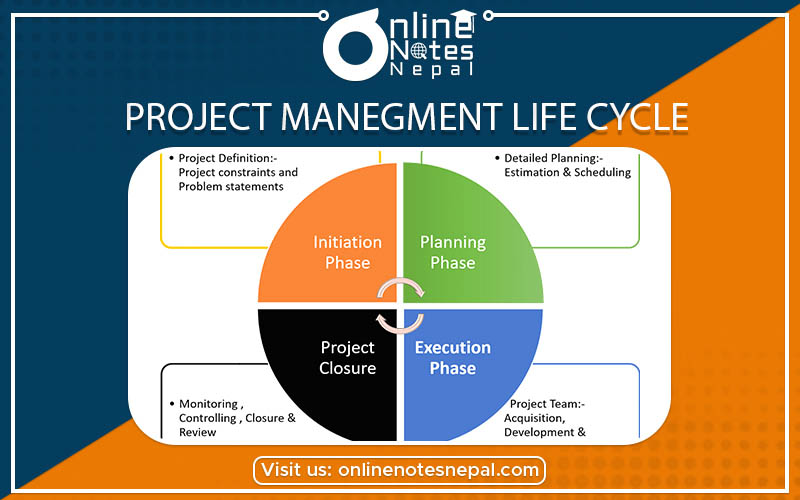Published by: Nuru
Published date: 16 Jun 2021

Basically, the project management life cycle is divided into four phases. Every project has a beginning, a middle period during which activities move the project toward completion, and an ending. A standard project typically has the following four major phases. Taken together, these phases represent the path a project takes from the beginning to its end and are generally referred to as the project life cycle. The four major phases are:
Initiation Phase:
During the first of these phases, the initiation phase, the project objective or need is identified; this can be a business problem or opportunity. A feasibility study is conducted to investigate whether each option addresses the project objective and a final recommended solution is determined. Issues of feasibility and justification are addressed. After major deliverables and the participating workgroups are identified, and the project team begins to take shape. Approval is then sought by the project manager to move onto the detailed planning phase.
Planning Phase
The next phase, the planning phase, is where the project solution is further developed in as much detail as possible and the steps necessary to meet the project’s objective are planned. In this step, the team identifies all of the work to be done. The project’s tasks and resource requirements are identified, along with the strategy for producing them. This is also referred to as “scope management.” A project plan is created outlining the activities, tasks, dependencies, and timeframes. At this phase, the project would have been planned in detail and is ready to be executed.
Execution Phase
During the third phase, the implementation phase, the project plan is put into motion and the work of the project is performed. It is important to maintain control and communicate as needed during implementation. Progress is continuously monitored and appropriate adjustments are made and recorded as variances from the original plan. In any project, a project manager spends most of the time in this step. During project implementation, people are carrying out the tasks, and progress information is being reported through regular team meetings. Once all of the deliverables have been produced and the customer has accepted the final solution, the project is ready for closure.
Closure Phase
During the final closure or completion phase, the emphasis is on releasing the final deliverables to the customer, handing over project documentation to the business, terminating supplier contracts, releasing project resources, and communicating the closure of the project to all stakeholders.